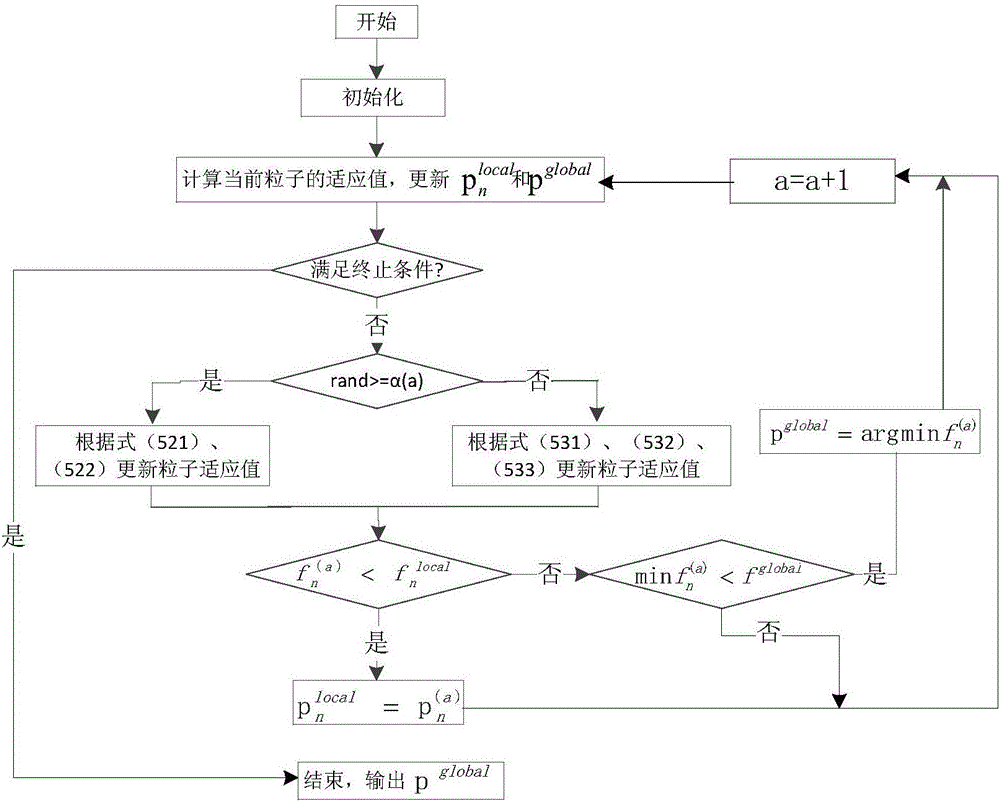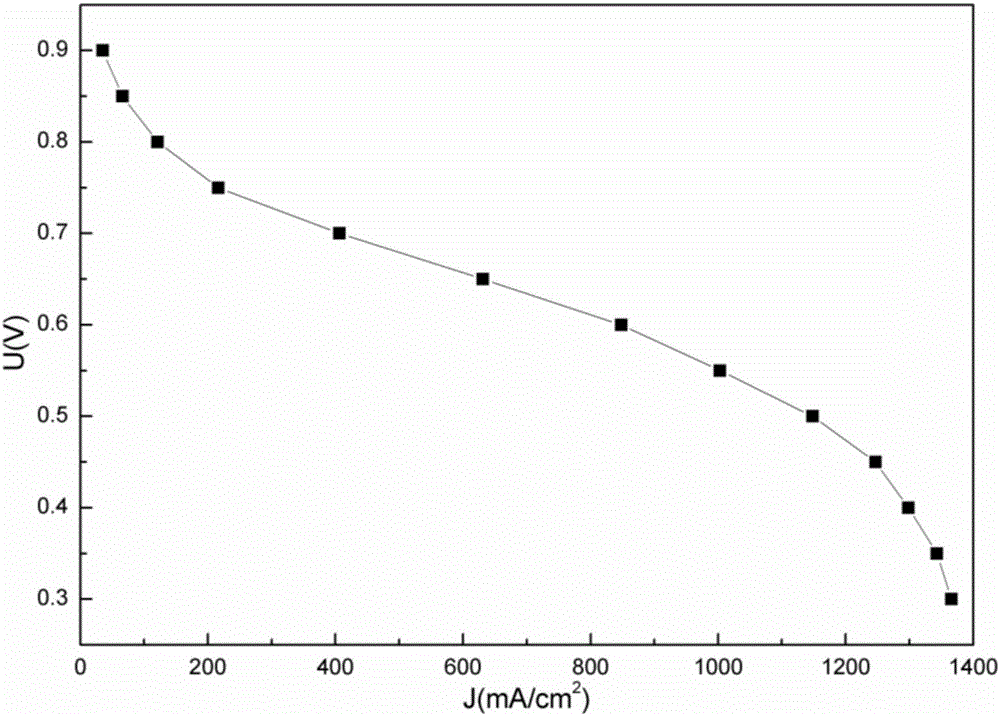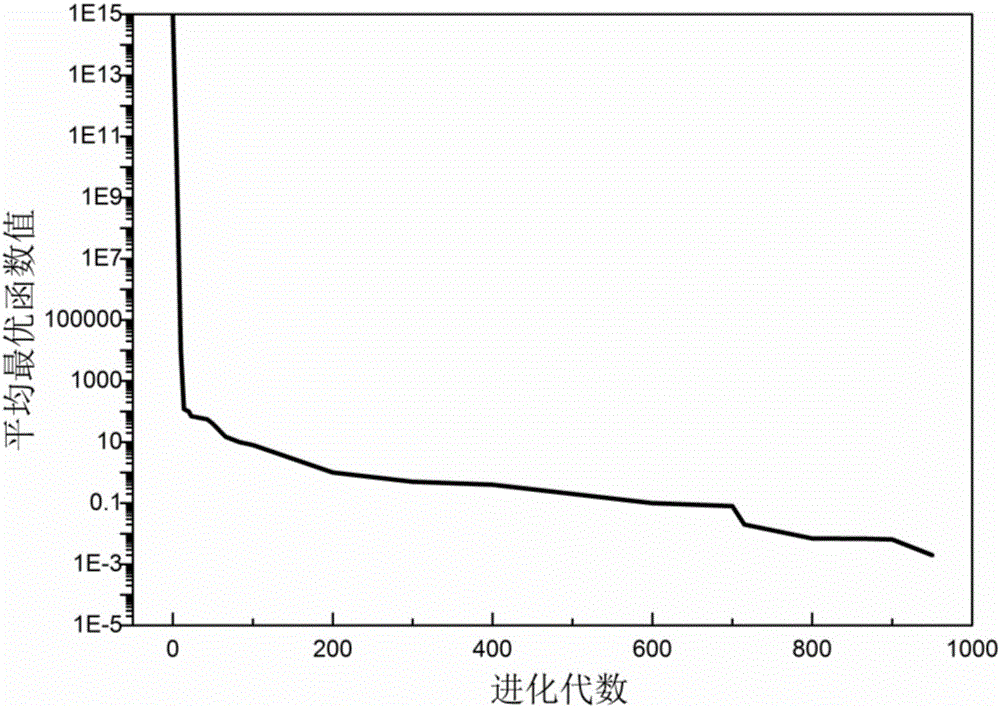Temperature modeling method for proton exchange membrane fuel cell (PEMFC) system based on variation particle swarm and differential evolution hybrid algorithm
A differential evolution algorithm and mutated particle swarm technology, applied in computing, fuel cell heat exchange, special data processing applications, etc., can solve the problems of increasing the electrochemical reaction rate, model versatility and general variation, and complex model expressions, etc. problems, to achieve the effect of improving electrochemical performance and reducing the difficulty of modeling
- Summary
- Abstract
- Description
- Claims
- Application Information
AI Technical Summary
Problems solved by technology
Method used
Image
Examples
Embodiment Construction
[0041] The present invention will be further described below in conjunction with the accompanying drawings.
[0042] Such as figure 1 Shown is a PEMFC temperature control algorithm flow chart based on mutant particle swarm and differential evolution, which includes the following steps:
[0043] (1) Define the temperature of each module of the PEMFC system: fuel gas temperature t 1 , oxidizing gas temperature t 2 , cooling water temperature t 3 , anode temperature t 4 , cathode temperature t 5 , proton membrane temperature t 6, anode side bipolar plate temperature t 7 , the cathode side bipolar plate temperature t 8 , define the temperature vector p=(t 1 ,t 2 ,t 3 ,t 4 ,t 5 ,t 6 ,t 7 ,t 8 );
[0044] (2) Establish a particle swarm containing m particles, set the population size m=8, n is the particle number, n∈[1~m] the maximum evolution algebra A max ;Individual n temperature vector t n =(t n1 ,t n2 ,...,t nD ,), d=1,2,...,D,t nd is the d-th dimension vec...
PUM
| Property | Measurement | Unit |
|---|---|---|
| current density | aaaaa | aaaaa |
Abstract
Description
Claims
Application Information
 Login to View More
Login to View More - R&D
- Intellectual Property
- Life Sciences
- Materials
- Tech Scout
- Unparalleled Data Quality
- Higher Quality Content
- 60% Fewer Hallucinations
Browse by: Latest US Patents, China's latest patents, Technical Efficacy Thesaurus, Application Domain, Technology Topic, Popular Technical Reports.
© 2025 PatSnap. All rights reserved.Legal|Privacy policy|Modern Slavery Act Transparency Statement|Sitemap|About US| Contact US: help@patsnap.com



